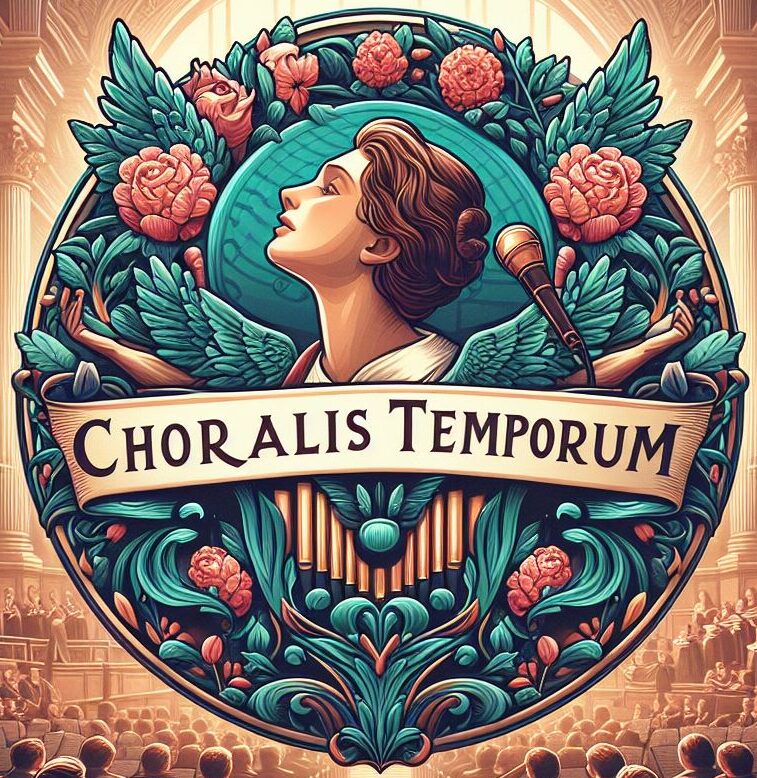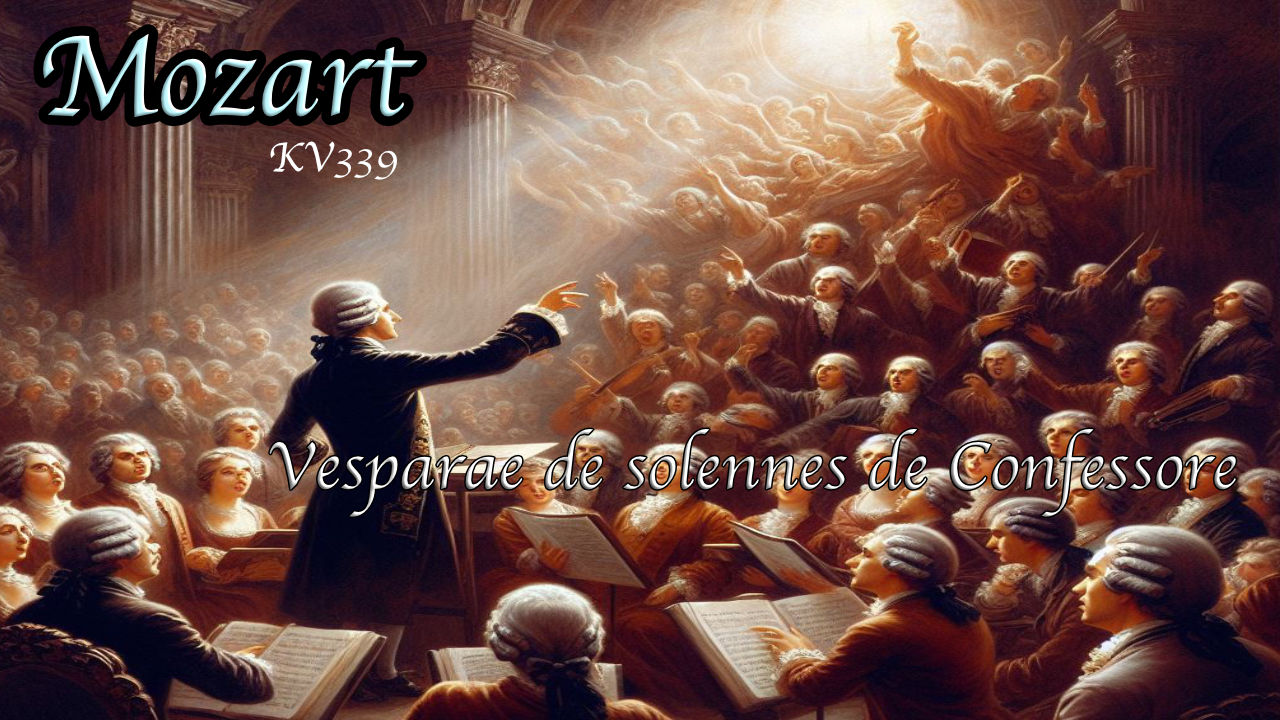Vesparae de solennes de Confessore
From Wikipedia, the free encyclopedia
| Vesperae solennes de confessore | |
|---|---|
| Solemn Vespers by W. A. Mozart | |
| Salzburg Cathedral, for which the music was composed | |
| Catalogue | K. 339 |
| Text | Psalms 110–113, 117Magnificat |
| Language | Latin |
| Composed | 1780: Salzburg |
| Movements | 6 |
| Vocal | SATB choir and soloists |
| Instrumental | brass and timpaniviolinscontinuo |
Vesperae solennes de confessore (Solemn Vespers for a Confessor), K. 339, is a sacred choral composition, written by Wolfgang Amadeus Mozart in 1780. It is scored for SATB choir and soloists, violin I, violin II, 2 trumpets, 3 trombones colla parte, 2 timpani, and basso continuo (violoncello, double bass, and organ, with optional bassoon obbligato).
The setting was composed for liturgical use in the Salzburg Cathedral.The title “de confessore” was not Mozart’s own, and was added by a later hand to his manuscript. It suggests that the work was intended for vespers held on a specific day on the liturgical calendar of saints (“confessors“); however, the saint in question has not been conclusively established if there even was one.This was Mozart’s final choral work composed for the cathedral.
Structurally, it is very similar to Vesperae solennes de Dominica (K. 321), composed in 1779. The setting is divided into 6 movements; as in Dominica, a setting of the Minor Doxology (Gloria Patri) concludes all movements, each recapitulating the opening themes. The first three psalms are scored in a bold, exuberant manner, contrasting with the strict, stile antico counterpoint of the a cappella fourth psalm, and the tranquility of the fifth movement. The Magnificat sees a return to the style of the opening settings.
The text in Latin and English is shown on a new page. Click here to open in a new window.
The Dorico project and mp3 files can be downloaded from the Choralis Temporum Google Drive cloud storage (you do not need a Google account). These can be opened/edited/played in the free version of Dorico SE
To see the chapter markings for these videos, it is recommended that they’re watched on YouTube itself. You can then easily jump to a specific bar in the score.
1st Movement – Dixit
2nd Movement – Confitebor
3rd Movement – Beatus vir
4th Movement – Laudate Pueri
5th Movement – Laudate Dominum
6th Movement – Magnificat
The following 5 parts from Laudate Dominum used the Cantamus app to generate the voices for solo soprano, soprano, alto, tenor and bass. Not brilliant, but maybe OK for rehearsing those tongue twisting Latin words.
The workflow was:
- Export all the parts as music xml from Dorico – make sure the lyrics are in the score!
- Import these xml files into MuseScore as uncompressed music xml files
- Ensure the tempo in MuseScore is correct, then export all the parts as music xml files
- Re-import the exported music xml files from MuseScore back in to MuseScore again – this is to check that the xml files are OK. If not, fiddle around in MuseScore
- Upload the full score xml file from MuseScore into Cantamus, then, when it’s finished rendering, download the resulting .mp3 files for each part
- Import the .mp3 files for each part into Cubase (or some other DAW, eg Reaper or Logic)
- * Add a compressor to each track – optional
- * Add a reverb bus with sends from each track – optional
- * Using Melodyne, tweek each file – optional
- * Use a Mastering plugin to add final polish setting audio to -14 LUFS – optional
- Export the files for each part
- Import the files into DaVinci Resolve and sync everthing up with the screen recording of Dorico playing the piece (this would have been done earlier – Win+Alt R for Windows to start up the free screen recorder)
- Upload to YouTube or attach to a WhatsApp message to surprise people.

